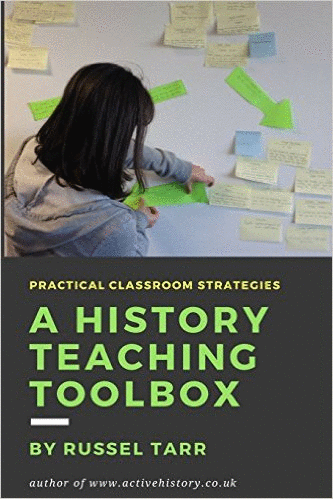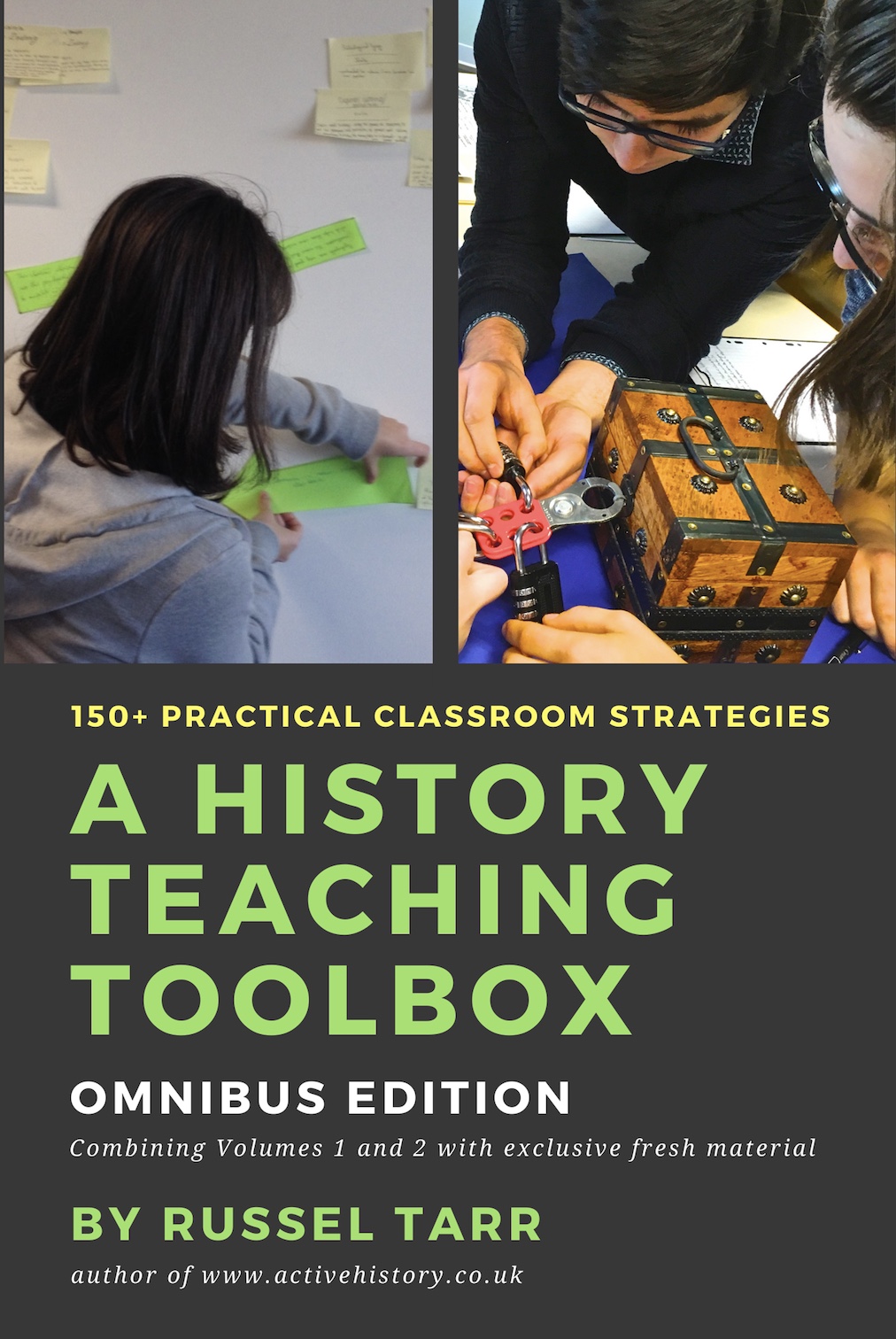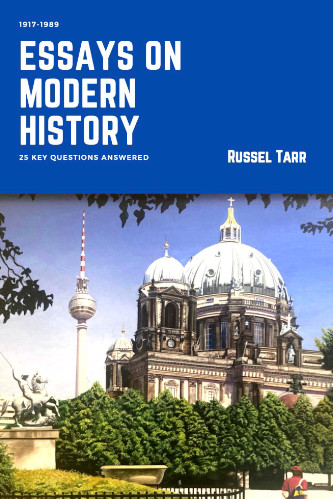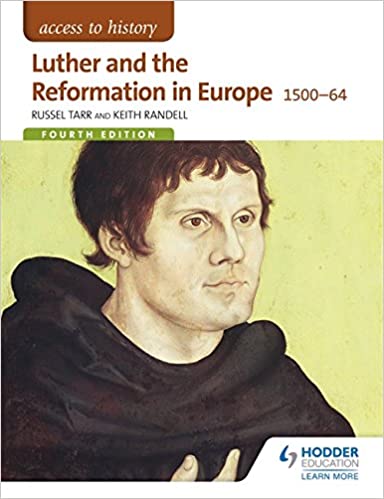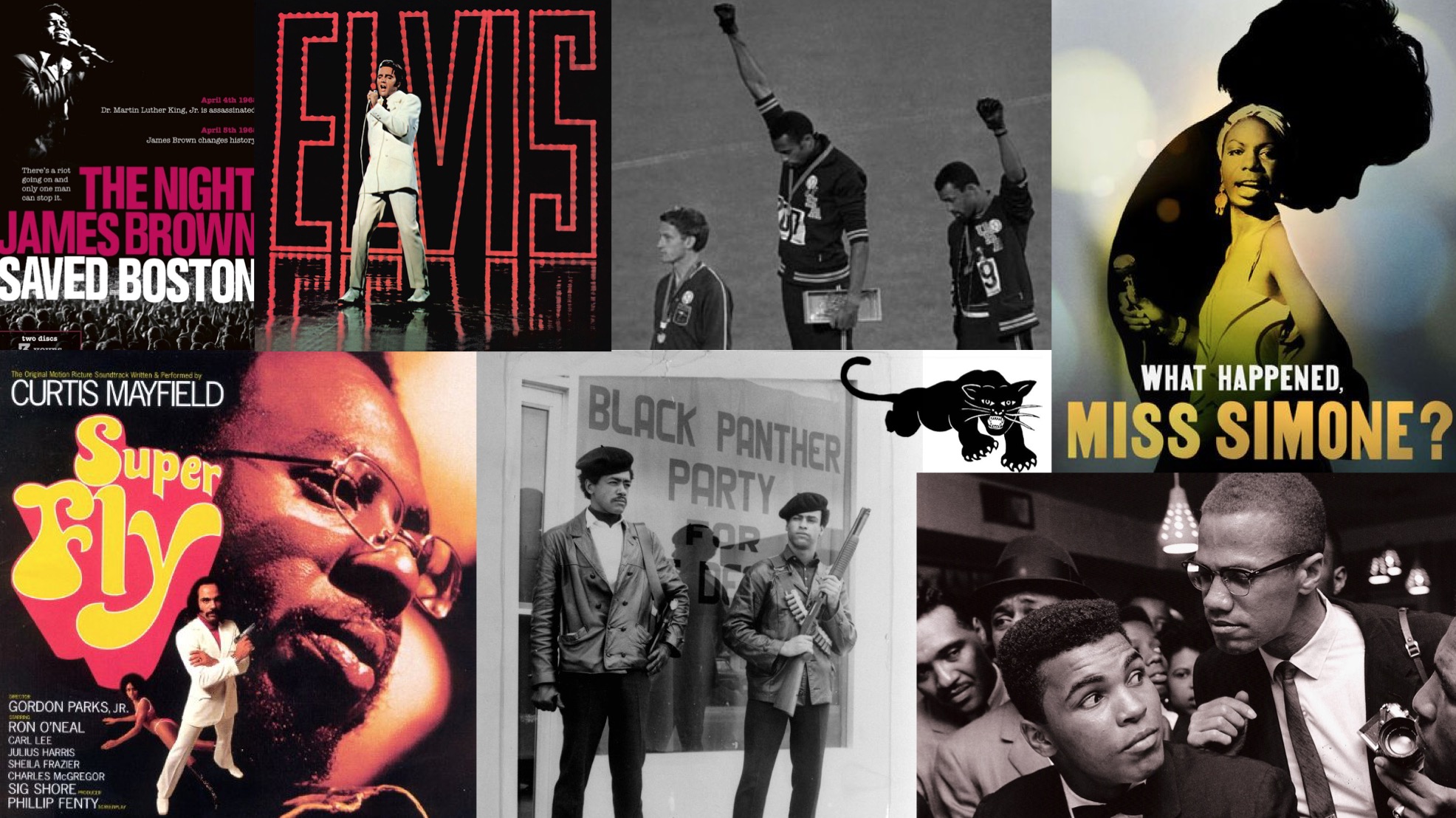 In what ways, for what reasons, and with what results, did the Civil Rights movement become more radical after 1964?
In what ways, for what reasons, and with what results, did the Civil Rights movement become more radical after 1964?
This is a particularly dramatic and fascintating period of history in the a study of the Civil Rights movement in the USA.
Part 1: Teacher Lectures
Option A - Three part lecture (recommended)
Multimedia lecture [1]: Changes in Objectives: From Integration (Civil Rights) to Black Nationalism (Human Rights)
In this first lecture, students learn about how even MLK started to become concerned that black people were trying to 'integrate into a burning house'. The contribution of Malcolm X, Muhammad Ali, the Black Panthers, Black Power and Richard Pryor are all considered, along with key songs of the period.
Multimedia lecture [2]: Changes in Methods: From Nonviolence to Militant Self-Defence
FROM: a philosophy of nonviolence (as promoted by MLK and the SCLC)
TO: militant self-defence (as promoted by Malcolm X and practised by the Black Panthers).
This new breed of activists followed the ideas of Malcolm X, who rejected nonviolence as "the philosophy of the fool" and advocated self defence "by any means necessary" ("I don't call it violence when it's self-defence, I call it intelligence").
Multimedia lecture [3]: Changes in Location: From Rural South to Urban North
The change in methods (towards militant self-defence) and objectives (black nationalism, not integration) overlapped with a move away from the rural south (and a focus on tackling Jim Crow laws) and towards the urban north (and a focus on tackling socio-economic exploitation)
Option B - Two-part lecture (shorter)
Multimedia lecture [1]: WHY did the Civil Rights movement become more radical after 1964?
Multimedia lecture [2]: IN WHAT WAYS did the Civil Rights movement become more radical after 1964?
These two detailed online presentation lectures are designed to be delivered by the teacher. Each one comes complete with media clips from a wide variety of sources. Questions for discussion are provided within the slides and students should be encouraged to consider these as well as take detailed notes.
Part 2: Factual Test
25-question factual test
This test (complete with teacher answer sheet) can be used to confirm that students have taken detailed and effective notes on the topic.
Part 3: Student Research and Presentations
Student research tasks / presentation instructions
Each member of the class chooses one research task from a list of 10 options provided. Suggested sources and approaches are given in the worksheet. The students should then share their findings with the class. Links to useful sources are provided, such as this playlist of civil rights songs from the period.
Sample presentations by students
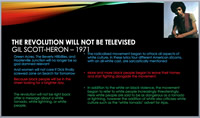 |
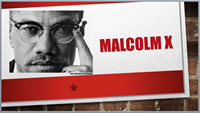 |
 |
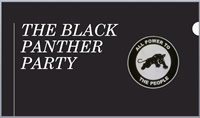 |
| Music | Malcolm X | Nina Simone | Black Panthers |
Part 3: Essay Planning
The class should then convert their completed notes into an essay answering the question "For what reasons, and with what results, did the Civil Rights movement become more radical after 1964?".
Model Essay: For what reasons, and with what results, did the Civil Rights movement become more radical after 1964?
A sample essay written by me which I share with students for discussion purposes after they have completed their own assignment.
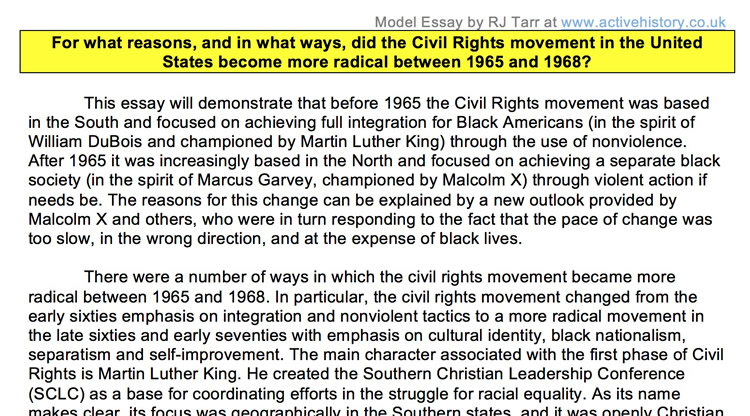

© 1998-2025 Russel Tarr, ActiveHistory.co.uk Limited (Reg. 6111680)
1 Torrin Drive, Shrewsbury, Shropshire, SY3 6AW, England
Privacy Policy | Contact


